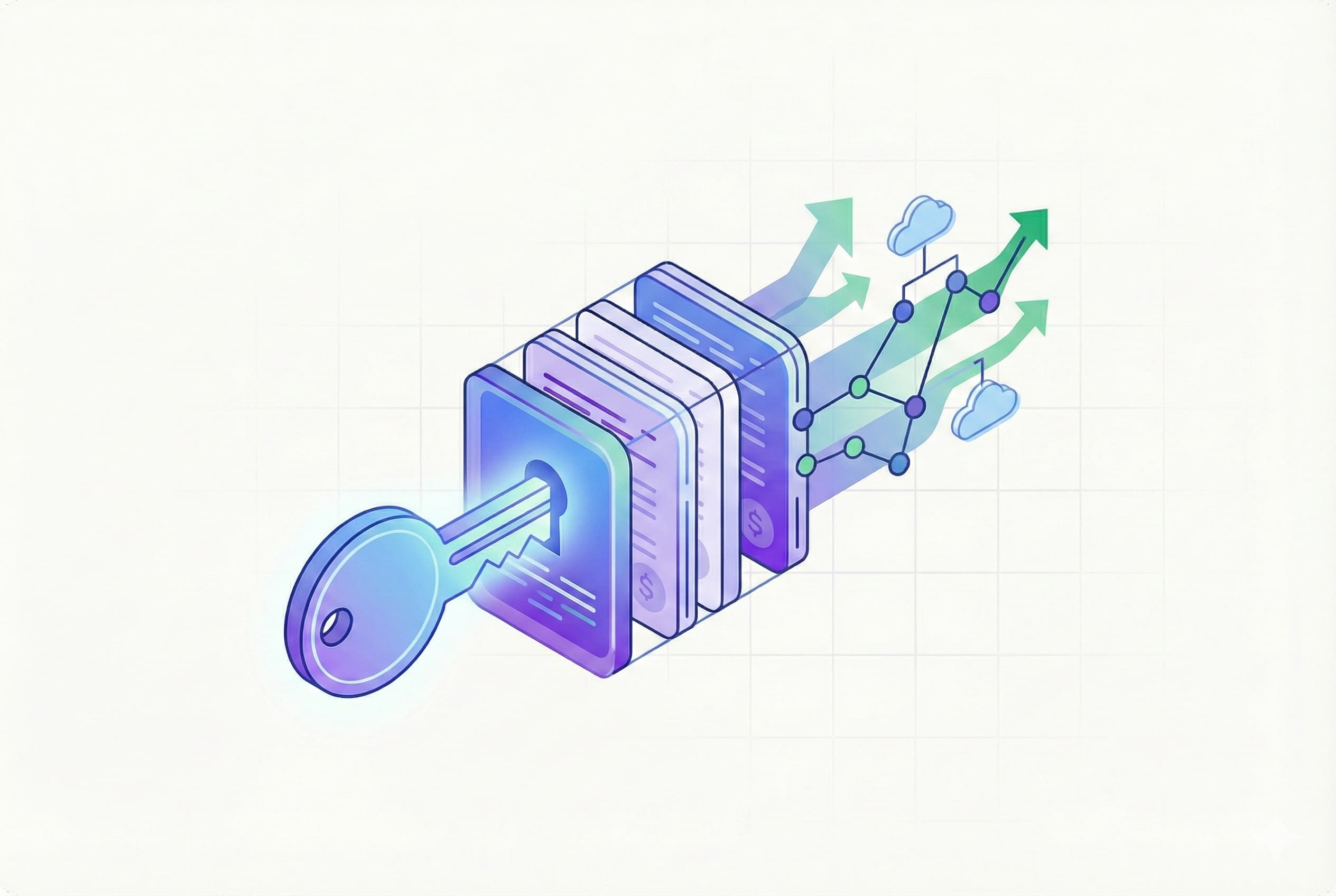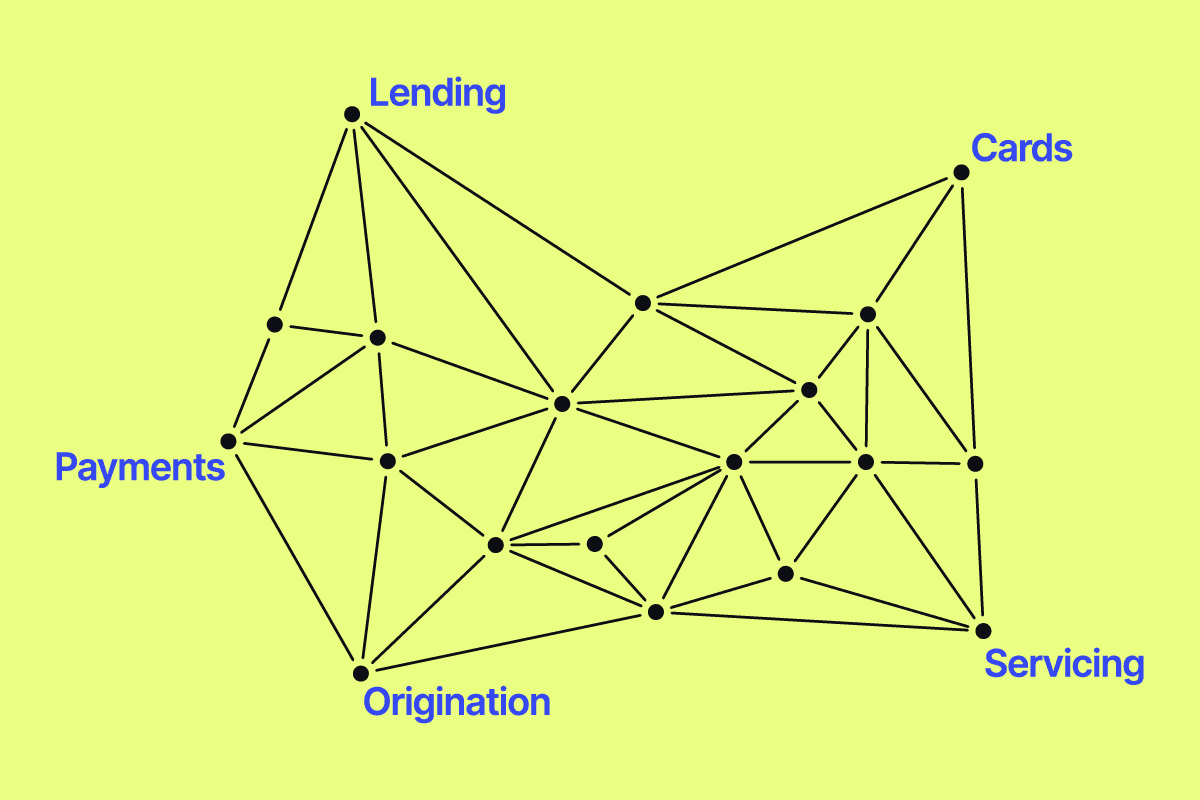The finance industry is one of the most heavily regulated industries in the world. Lenders and banking institutions have to navigate a labyrinth of laws and regulations that can be both ambiguous and ever-evolving.
Such is the case with the Servicemembers Civil Relief Act of 2003 (SCRA), which was signed into law to protect the financial security of members of the armed forces. The SCRA contains many minute details and has been amended multiple times.
Lenders who are sloppy, careless, or perceived to be willfully cheating their servicemember customers can face massive fines, interminable legal trouble, and potentially irreparable bad press.
This checklist serves as a place to begin understanding why the SCRA exists, the potential consequences for noncompliance for lenders, and what you need to look out for so you stay SCRA compliant.
What is SCRA compliance, and why do lenders need to know about it?
The SCRA was passed in 2003 to reform the Soldiers’ and Sailors’ Civil Relief Act of 1940. It’s designed to lighten the financial burden on Americans serving in the armed forces. It can be hard to stay vigilant on dangerous patrols if you’re worried about making your next mortgage payment.
Broadly speaking, the SCRA covers all members of the armed forces on full-time active duty, including the five branches of the military, the National Reserve Corps, the National Guard, and the National Oceanic and Atmospheric Administration (NOAA). SCRA benefits are extended for the duration of an individual’s term of service. The benefits also apply to spouses and dependents who rely on the support of a service member for at least 50% of their financial needs for at least 180 days leading up to her/her/their active duty (and the start of SCRA).
The most well-known protection the SCRA offers is the interest rate cap. Under the SCRA, lenders may not charge more than 6% interest to service members on active duty for the duration of their service. Benefits also include:
-
Protections against default judgments in civil court cases
-
Protections against lease termination
-
Protections against evictions, mortgage foreclosures, and obligations paid in installments like car loans
-
Protections against vehicle repossession
Consequences of SCRA noncompliance
Lenders and creditors deemed to have been unfair to service members or to have failed to provide SCRA benefits can be subject to steep penalties.
The US Department of Justice (DOJ) enforces the SCRA and can pursue action against a lender who even attempts a violation, such as charging above 6% interest or initiating a vehicle repossession.
The first SCRA violation incurs a fine of $55,000. For repeat violations, the penalty rises to $110,000. Lenders who fail to do due diligence in confirming their customers’ active military status can incur millions of dollars in penalties. Further, violators of the SCRA can be subject to million-dollar class-action lawsuits.
The most important thing you can do as a lender is to proactively keep track of which of your customers are on active duty and inform them of their benefits without being asked.
The 10-step SCRA compliance checklist for lenders
Staying compliant with SCRA requirements demands vigilance. Here are some things to look out for to make sure you are following the SCRA to the letter.
-
Determine eligibility
Generally speaking, all members of the armed forces on active duty are covered under the SCRA.
Coverage begins from the time service members enter active duty and continues until 30 to 90 days after they’re discharged.
Service members eligible for SCRA benefits include:
-
The Army
-
The Navy
-
The Air Force
-
The Marine Corps
-
The Coast Guard
-
The National Guard
-
Members of the Public Health Service
-
Members of the NOAA
The DOJ keeps a database of active service members on the SCRA website, which you can use to determine eligibility. You can then flag your service member customers and their outstanding debts and loans.
2. Notify active-duty clients of their SCRA benefits
Technically, active-duty service members are required to reach out to their lenders and creditors and notify them of their military orders and active-duty status in writing. But to ensure compliance, lenders should act proactively.
The SCRA Act was amended in 2014 during the Obama administration to include enhanced SCRA benefits. As part of that initiative, the administration also announced a voluntary partnership with lenders to inform service members of their SCRA entitlements and put those benefits into effect upon the member’s written request.
3. Routinely check active-duty status
Most first-term enlistments in the US military require service members to be on duty for four years. Meanwhile, car loans usually last for six years, and mortgages have an average length of 30 years.
That means that a service member’s active-duty status — and his/her/their SCRA benefit status — is likely to change over time. As a lender, it’s not enough to verify active-duty status once and then forget about it. You must routinely check your customers’ eligibility for SCRA benefits. If your customer joins the military or goes on active duty, and you charge them above 6% interest or proceed with a civil court order, you can find yourself on the wrong side of the DOJ.
The best practice would be to make multiple checks of active-duty status throughout an enlistment at different intervals. You should also cross-check a customer’s other accounts to see if they’re eligible for other SCRA benefits, such as auto-loan protection.
4. Reduce interest rate
Once you’ve identified a customer as an active-duty service member and confirmed their ongoing status as a member of the armed forces, you must reduce their annual interest rate to no more than 6% per year. After receiving notice of military status, lenders and creditors must retroactively reduce any outstanding debts and loans beginning from a customer’s date of military service. For the SCRA benefits to go into effect, the client must provide proof of active-duty status within 180 days of the end of their military service.
5. Forgive interest in excess
The SCRA doesn’t just cover service members from the time they request benefits — coverage extends to the very beginning of their term of service. And creditors and lenders must forgive, not defer any interest above that 6% cap, and recalculate any remaining monthly payments to reflect that forgiveness. The SCRA rate applies unless a court finds that the client’s military service doesn’t affect their ability to pay their loans or monthly installments.
6. Defer foreclosure proceedings
The SCRA doesn’t just prevent service members from falling into deeper debt — it also protects what is often their most important asset — their home.
Any property owned by a service member before they enter active duty cannot be seized or foreclosed upon for the duration of their military service or up to nine months after their service ends without either a court order or the express written agreement of the service member.
If a creditor or lender pursues legal action against the service member to enforce a foreclosure, the court can postpone proceedings until the service member can attend.
7. Provide affidavits for default judgements
The SCRA only extends so far, and there may be occasions when a lender can pursue legal action against a service member customer in the event that they make no effort to keep up on their loan payments. However, the SCRA places limitations on what legal recourse is possible.
If you sue an active-duty service member in court, the service member is protected against default judgments in civil cases. Lenders must submit an affidavit stating whether or not the defendant is an active-duty service member. If they are, the court can’t apply default judgments until the court can provide the service member with an attorney. The service member can also ask the court to grant a delay of proceedings for 90 days.
8. Delay vehicle repossessions
As a lender, you cannot repossess a vehicle owned by a service member during their period of military service without a court order. This applies to service members who have made at least one deposit payment on their vehicle before entering active duty.
9. Lease termination
Active-duty service members must be ready to be sent wherever they’re needed, whenever they’re asked. It’s crucial for the efficient defense of the nation that service members be deployed at a moment’s notice to effectively respond to crises and threats without having to navigate bureaucratic hurdles.
It’s with this in mind that the SCRA contains sections allowing service members to prematurely break their apartment lease agreements whenever they’re deployed elsewhere.
10. Stay current
Congress has made amendments to the SCRA in recent years, and actions taken by service members against lenders related to SCRA violations have become more frequent. It behooves lenders to stay up-to-date on current SCRA requirements and ensure their institutions are in compliance.
Financial institutions should have a system to monitor legislative changes to the SCRA and their implications for lenders. The DOJ maintains a website that focuses on issues pertaining to service members, including the SCRA.
Consider setting up an internal department within your organization that oversees SCRA compliance. That way you can stay up-to-date on SCRA measures and be notified of any changes when they happen — before you get stuck in a quagmire of legal trouble, court-ordered reparations, and damaging headlines.
Summing Up
While the SCRA creates challenges for lenders and financial institutions, these can be successfully navigated by staying aware of your obligations as a lender and being current on any updates to the law.
To sum up, here are the steps lenders can take to keep their institutions SCRA compliant:
-
Determine eligibility
-
Notify active-duty clients of their SCRA benefits
-
Routinely check active-duty status
-
Reduce interest rate
-
Forgive interest in excess
-
Defer foreclosure proceedings
-
Provide affidavits for default judgments
-
Delay vehicle repossessions
-
Lease termination
-
Stay current
For new lenders, in particular, SCRA compliance can be intimidating. But SCRA needn’t become a roadblock to profitability or organizational excellence. Indeed, establishing a SCRA compliance process — and following it — can increase internal discipline and contribute to the development of a robust compliance function in your organization. And, to be realistic, it is the only genuinely viable option. By following the 10-Step SCRA Compliance Checklist, companies can reduce their risk and preserve resources that may have been squandered in penalties or legal proceedings. By following the 10-Step SCRA Compliance Checklist, companies can also do their duty and do right by their borrowers.
Travis Taborek is a freelance content marketer specializing in tech and SaaS




